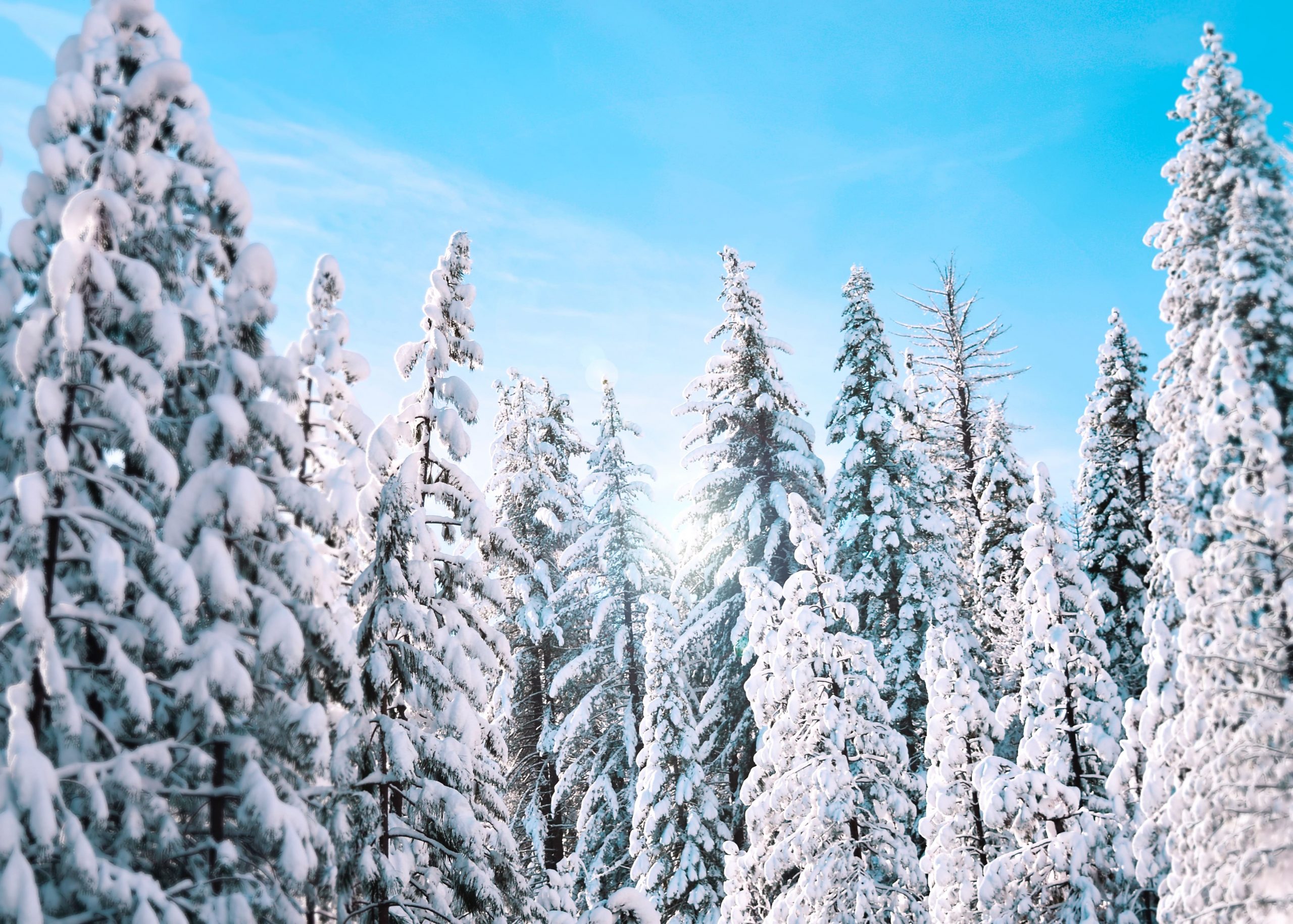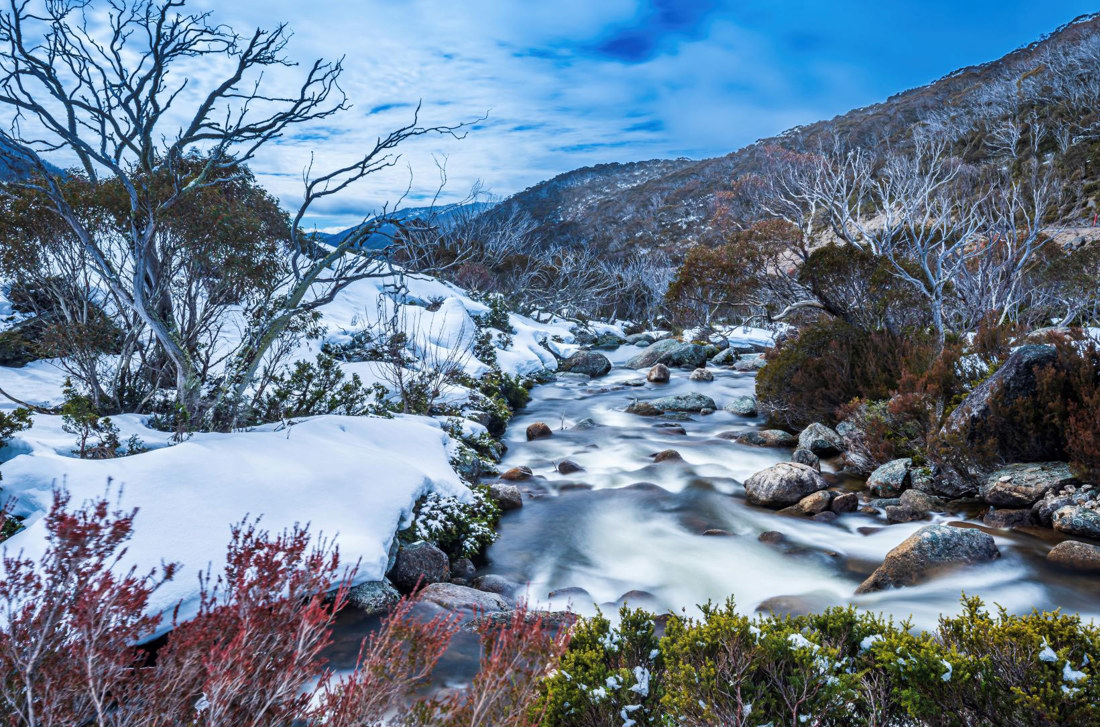Learn When and Where You Can Witness Snow In Australia for a Picturesque Getaway
Learn When and Where You Can Witness Snow In Australia for a Picturesque Getaway
Blog Article
Discover the Fascinating Results of Snow in Australia on Regional Ecosystems
Regardless of its credibility for sun-soaked landscapes, Australia additionally flaunts areas buried by snow-- a sensation that exceptionally affects the nation's one-of-a-kind ecological communities. The shielding residential or commercial properties of snowflakes safeguard plants and fauna in the middle of the coldest winter seasons, while the melting snow nurtures rivers and water life.
The Unexpected Areas of Snowfall in Australia
Although Australia is commonly linked with sun-scorched landscapes and sandy coastlines, particular areas surprisingly experience snowfall. The high nation areas of New South Wales, Victoria, and Tasmania are specifically recognized for their winter months snow. The Snowy Hills in NSW, for example, get plentiful seasonal snow, providing a stark comparison to the country's regular warm, dry climate. On the other hand, the Victorian Alps and parts of Tasmania additionally see annual snowfalls, transforming the landscape into a winter heaven. These locations are not simply anomalies yet indispensable parts of Australia's diverse climate system. The existence of snow in these areas significantly affects local ecosystems, ultimately influencing the nation's one-of-a-kind biodiversity. The particular influence on Australia's unique vegetation will certainly be gone over in the next section.
How Snow Impacts Australia's One-of-a-kind Flora
While it might appear unusual, snowfall in Australia plays an important role in shaping the nation's distinct vegetation. The snow-filled winter seasons foster durability in Australian plant varieties. This is specifically apparent in the sub-alpine and towering regions, where snow gums and hill plum-pines flourish. These plants have actually evolved to endure in severe conditions, with snow acting as a safety blanket from freezing temperature levels and severe winds. The snow also adds to the moisture web content of the soil, supplying essential hydration for plant life throughout the completely dry summertime. Essentially, the snow influences the timing of flowering and seed dispersal, the growth rates, and the survival of numerous plant types, showcasing the complex interaction between environment and plants in Australia.

The Adaptations of Australian Fauna to Snowfall
Simply as Australia's vegetation has adjusted to the wintery problems, the local fauna as well, display remarkable adaptations to the snowfall. Species like the Mountain Pygmy-possum, the only Australian marsupial known to hibernate, have actually developed techniques to make it through in hop over to these guys snowy settings. It uses the snow as insulation, hibernating in rock holes beneath the snow to remain warm. Likewise, the Snow Skink, a types of reptile, alters its colour to white throughout winter months, giving camouflage against predators. Birds such as the Snowy Hills' Crimson Rosella also adjust their diets to consume available food sources throughout cooler durations. Thus, despite the harsh problems, Australian animals demonstrates a adaptive and resilient nature, ensuring their survival in areas experiencing snowfall.
The Role of Snow fit Regional Ecosystems
In shaping the regional ecosystems, the role of snow in Australia is both profound and multilayered. Snow provides an important water source, feeding rivers and reservoirs as it melts, thus supporting a selection of marine life types. The presence of snow forms the vegetation patterns, animal behavior, and total sustainability of Australia's distinct environments.

The Future of Snowfall in Australia: Forecasts and Effects

Given the critical function snow plays in shaping regional ecosystems, the future of snowfall in Australia is attracting raising attention from scientists and environmentalists. Current environment models anticipate a substantial decline in snowfall as a result of worldwide warming, with potentially extensive effect on local ecological communities. Much less snow could cause lowered water schedule in towering regions, adversely impacting wild animals visite site habitats and plant. Moreover, it can modify the timing of seasonal adjustments, interfering with the life process of lots of indigenous varieties. The tourist sector, heavily reliant on the winter months snow season, might likewise face significant challenges. Consequently, understanding these predictions and their effects is critical to develop efficient conservation strategies, making sure the conservation of Australia's one-of-a-kind biodiversity and the sustainability of its economic climate.
Verdict
The function of snow in Australia's ecosystems is crucial yet typically overlooked. Thus, the snow in Australia is a lot more than a natural phenomenon; it's an essential gamer in the nation's environmental narrative.
Despite its track record for sun-soaked landscapes, Australia also flaunts areas blanketed by snow-- a sensation that profoundly affects the nation's one-of-a-kind communities. It utilizes the snow as insulation, hibernating in rock crevices below the snow to remain warm - Does Australia Get Snow.In shaping the regional environments, the duty of snow in Australia is both extensive and multilayered. The presence of his comment is here snow shapes the vegetation patterns, animal behavior, and overall sustainability of Australia's one-of-a-kind ecosystems
Offered the essential function snow plays in forming regional ecosystems, the future of snowfall in Australia is attracting increasing attention from researchers and environmentalists.
Report this page